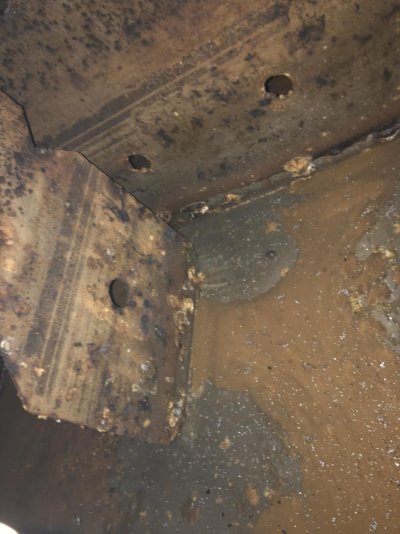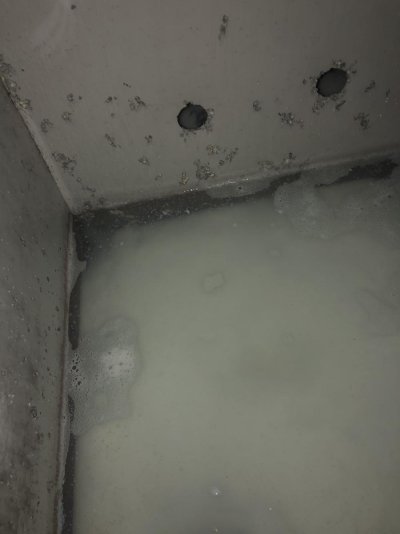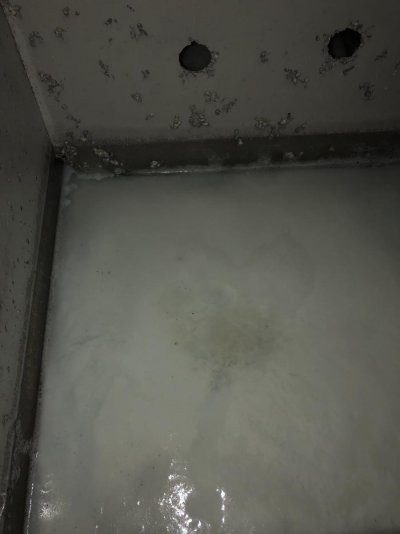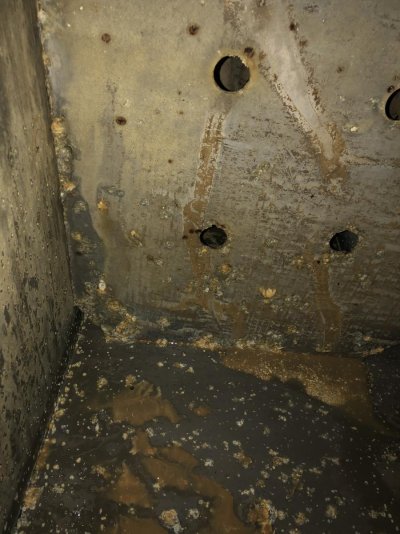Passed along for info...
http://tinyurl.com/y6ru7mg5
"... characteristics to determine their singular effect on corrosion of aluminum.
These characteristics included copper ion, dissolved oxygen, and hardness.
In general, they determined that in the absence of copper ions, dissolved
oxygen, and hardness nodular type pitting is prevented. They concluded that
the characteristics which are necessary for the initiation of pitting include
temporary hardness, chlorides, copper, and dissolved oxygen. It was also
found that the water composition is more influenced on the cnrrosion of
aluminum than is the composition of the aluminum specimen (79).
Porter and Hadden also investigated the effects of these parameters on
the maintenance of pits. These tests were preformed by transferring specimens
to other controlled aqueous environments after pitting was initiated.
It was found that dissolved oxygen was essential for maintenance of pitting
as pitting ceased in de-aerated waters. The removal or absence of copper
ion, however, did not prevent the maintenance of pitting, but the rate of
pitting was slowed."
(Further notes on the link from my engineering friend)
"Note the statement "pitting ceased in de-aerated waters"
What it boils down to is if you store mineral rich water, hard water, that may have a high choride content and be in contact with copper alloys you may have corrosion in your aluminum tank. There is a type of pitting corrosion called an "oxygen depletion cell" that occurs under a layer of crud that permits oxygen rich water to react with oxygen depleted water to create an localized alkaline environment which dissolves aluminum.
There is no single sentence explanation, treatment, cure or advice for this stuff…….."




